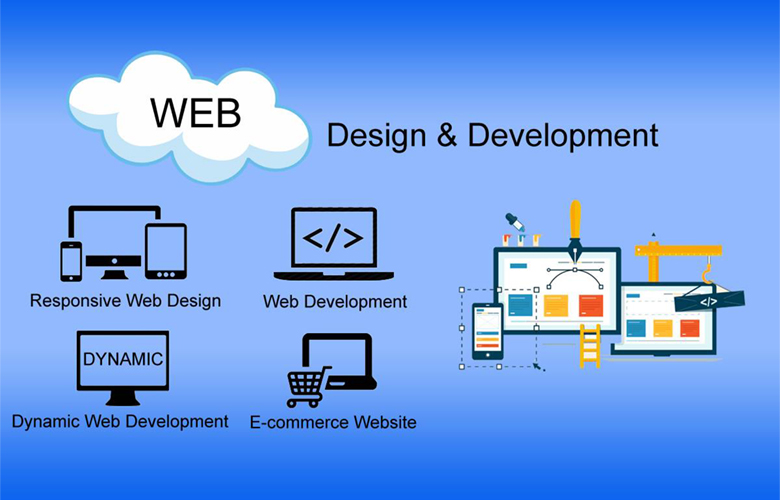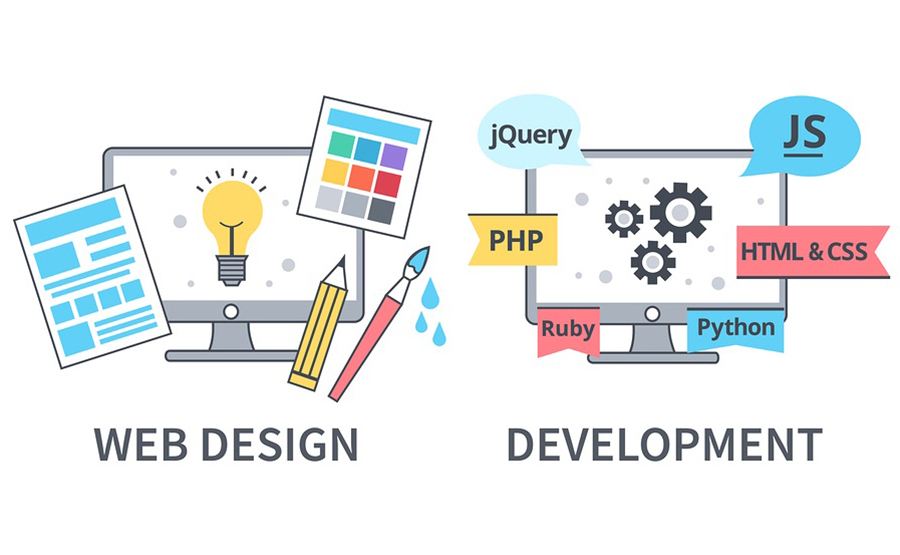
What is the difference between Web design VS Web development?
The focus is the distinction between web development and web design. Web development concentrates on using computer languages to make a website's appearance and feel come to life, whereas web design concentrates on using design tools to create a website's look and feel.
Web Design
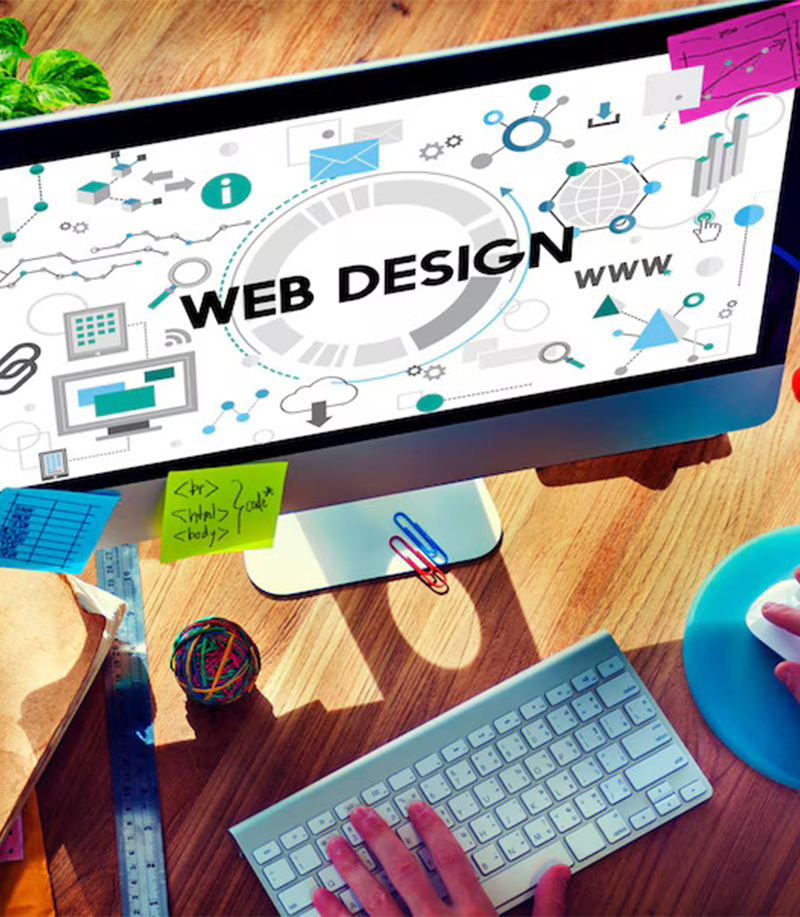
- Focus: Web design primarily focuses on the visual aspects of a website or web application. It involves creating the layout, choosing colors, typography, and imagery to enhance the aesthetic appeal and user experience.
- Tools and Software: Designers use graphic design software such as Adobe Photoshop, Sketch, or Adobe XD to create mockups, wireframes, and prototypes of the website's interface. These tools allow them to experiment with different design elements and layouts before finalising the visual design.
- Skills: Web designers need a strong understanding of design principles, colour theory, typography, and user experience (UX) design. They should also stay updated on current design trends and best practices to create visually appealing and user-friendly interfaces.
- Responsibilities: Designers are responsible for creating the overall look and feel of the website, including the placement of elements, navigation structure, and visual hierarchy. They work closely with clients or stakeholders to understand their requirements and preferences, translating them into compelling visual designs.
- Output: The output of web design includes mockups, wireframes, and design prototypes that serve as a blueprint for the development process. These designs guide developers in implementing the visual elements and ensuring consistency across different devices and screen sizes.
Web Development

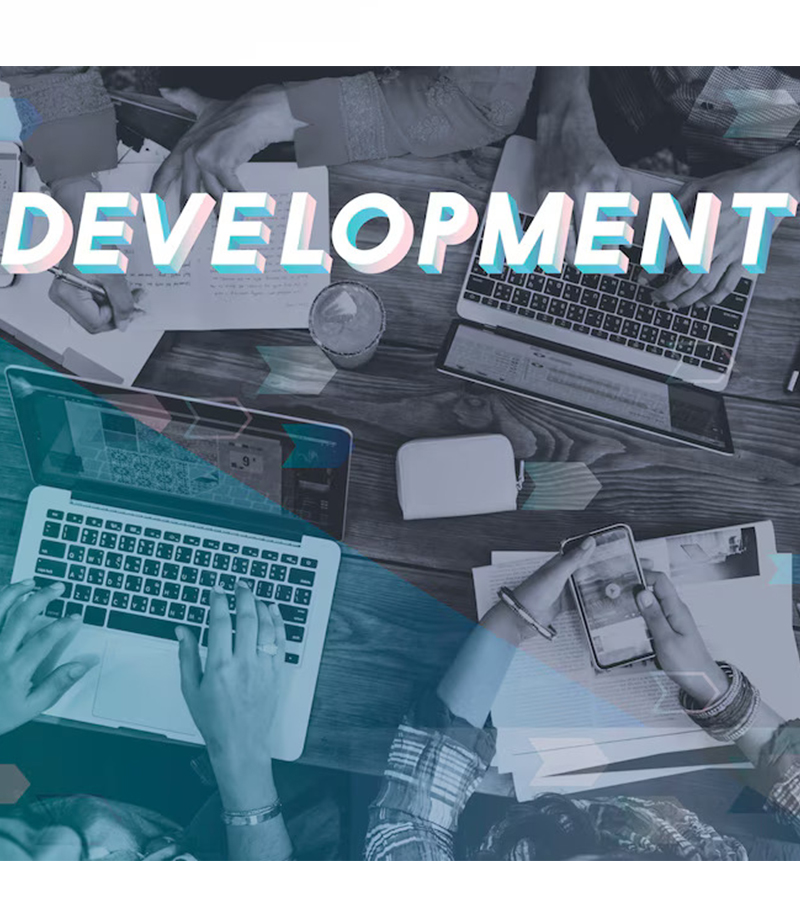
Design VS Front-end development VS Back-end development

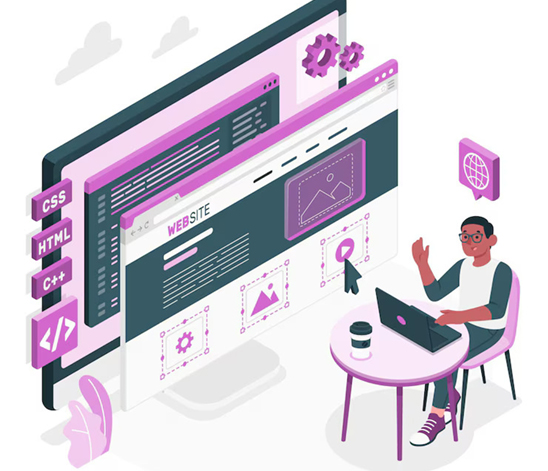

Elements of web design
- Layout: The layout refers to the arrangement of elements on a web page, including text, images, videos, and navigation menus. A well-structured layout helps users navigate the site easily and find the information they need quickly.
- Colour Scheme: The colour scheme sets the overall tone and mood of the website. It's essential to choose colours that reflect the brand identity and appeal to the target audience. Consistent use of colours throughout the site creates visual harmony and enhances the user experience.
- Typography: Typography plays a crucial role in web design, as it affects readability and visual hierarchy. Choosing the right fonts for headings, paragraphs, and other text elements helps convey the intended message and guide users through the content.
- Imagery: Images and graphics are powerful tools for engaging users and conveying information. High-quality photos, illustrations, icons, and other visual elements enhance the visual appeal of the website and communicate the brand's personality.
- Whitespace: Whitespace, also known as negative space, refers to the empty space between elements on a web page. It helps reduce clutter, improve readability, and draw attention to key content. Strategic use of whitespace creates a sense of balance and elegance in web design.
- Navigation: Navigation menus and buttons enable users to move between different pages and sections of the website. Clear and intuitive navigation enhances usability and helps users find what they're looking for quickly. It's essential to organise navigation logically and make it accessible from any page.
- Responsive Design: With the increasing use of mobile devices, responsive design has become essential for ensuring that websites display correctly on screens of all sizes. Responsive design techniques adapt the layout and content of a website dynamically based on the user's device, providing a seamless browsing experience.
- Accessibility: Web design should be inclusive and accessible to users of all abilities. This involves ensuring that the website is compatible with assistive technologies like screen readers, providing alternative text for images, and designing with colour contrast and font size considerations in mind.
- Call to Action (CTA): A call to action prompts users to take a specific action, such as signing up for a newsletter, making a purchase, or contacting the company. Well-designed CTAs stand out visually and encourage user engagement, ultimately driving conversions and achieving business goals.
- Consistency: Consistency is key to creating a cohesive and memorable web design. It involves maintaining uniformity in design elements such as colors, fonts, imagery, and navigation across all pages of the website. Consistency reinforces the brand identity and helps users navigate the site more efficiently.
By incorporating these elements into web design, designers can create engaging and user-friendly websites that effectively communicate the brand's message and meet the needs of its audience.
Summary
In the fast-paced world of the internet, where attention spans are fleeting and user expectations are soaring, the art and science of web design and development play a pivotal role in shaping digital experiences. In our blog, we embark on a journey through the intricacies of this dynamic landscape, exploring the fusion of creativity and technology that drives innovation and captivates audiences worldwide.
Discover the Intersection of Design & Code with Stacksnova: Elevating User Experiences & Empowering Digital Transformation. From pixel-perfect designs to cutting-edge development techniques, explore the latest in web design and development for a digital world that dazzles and delights
